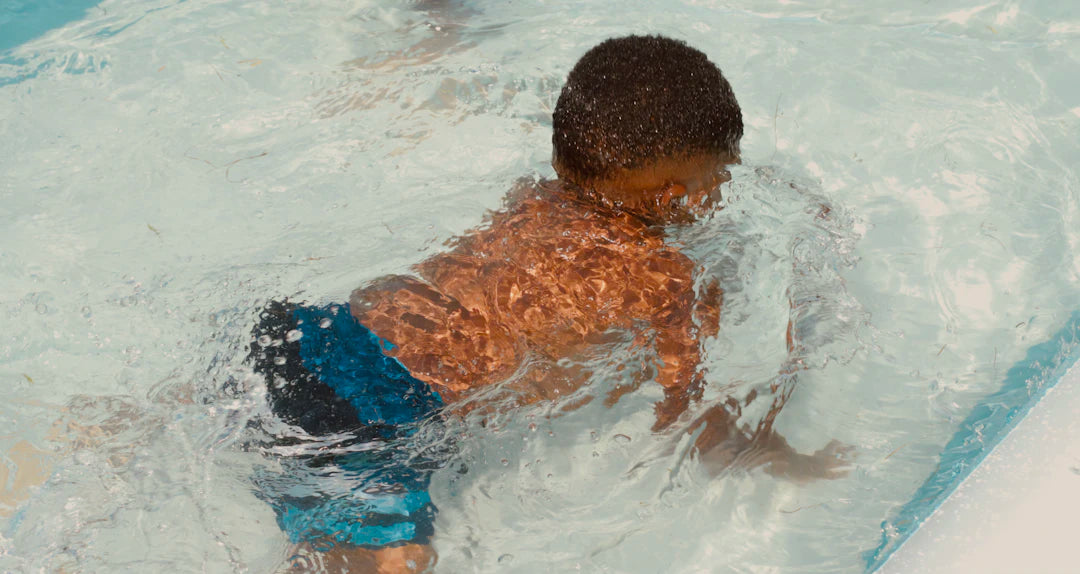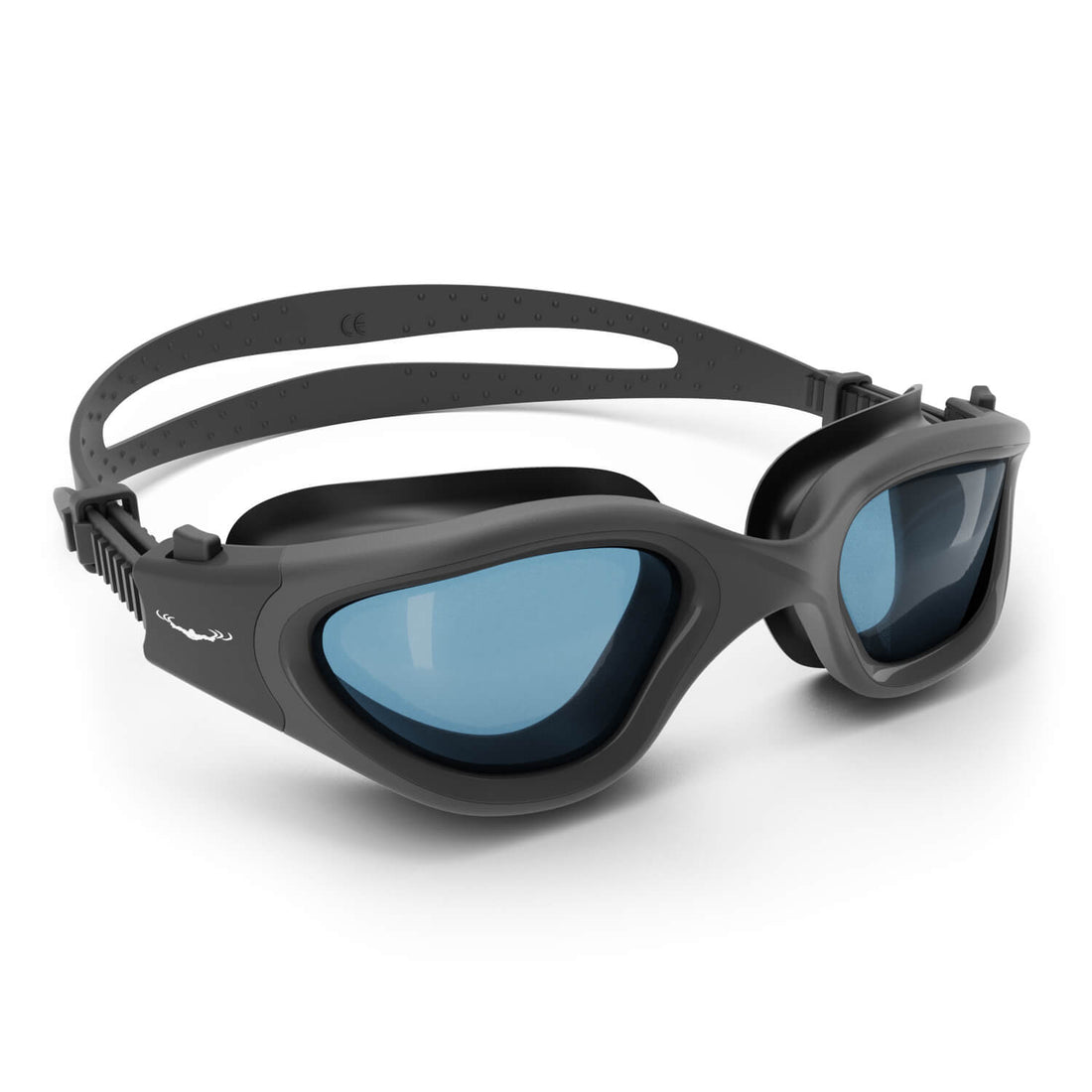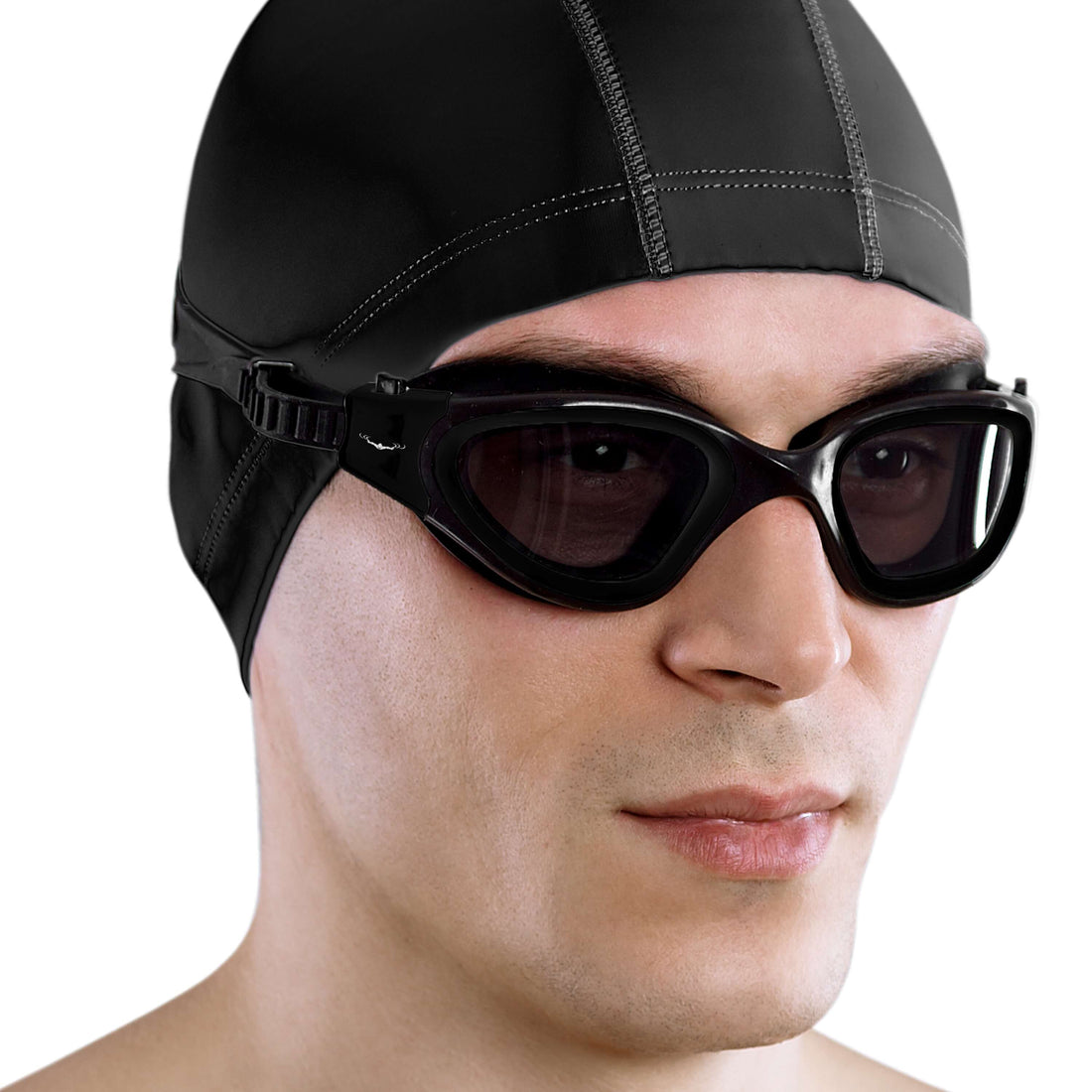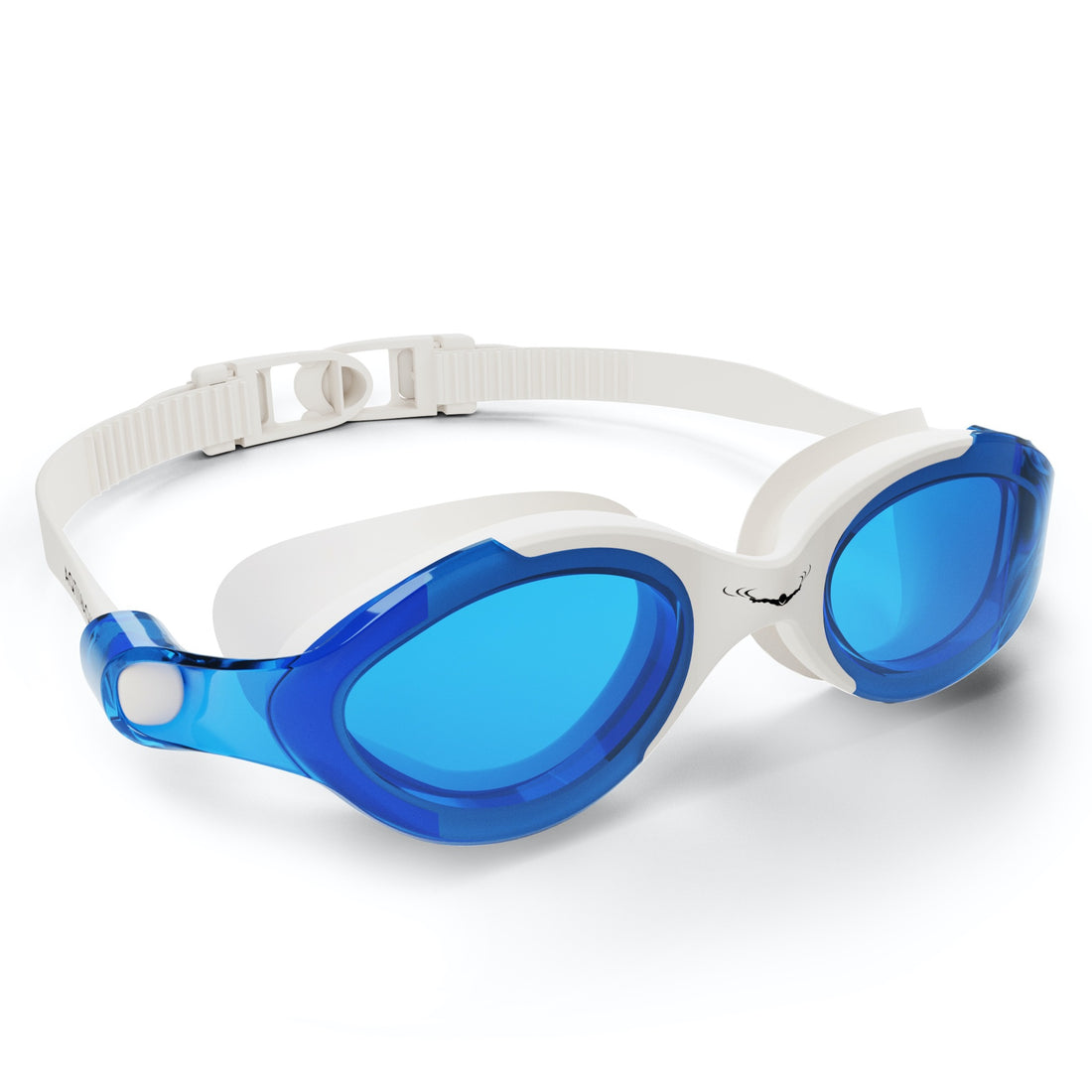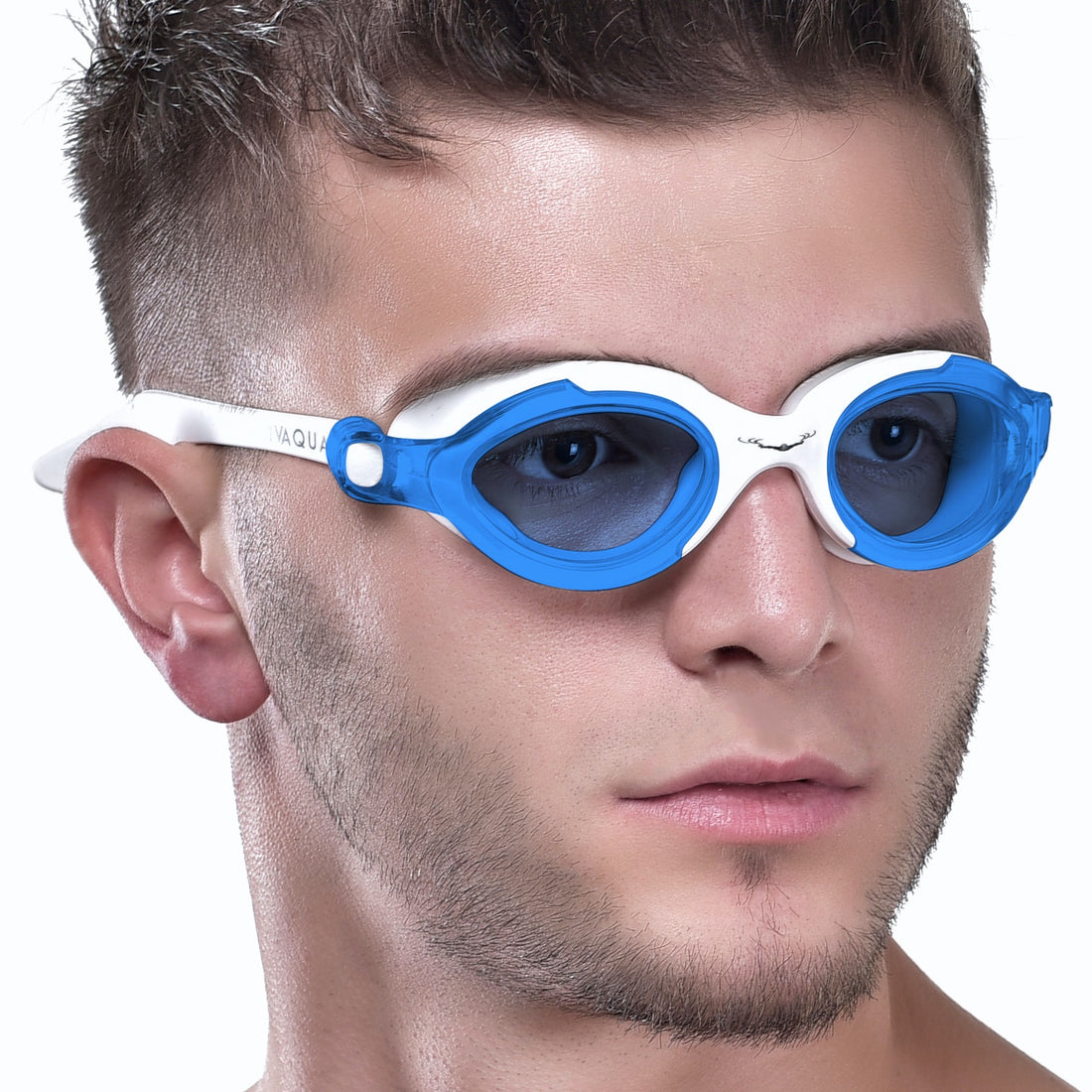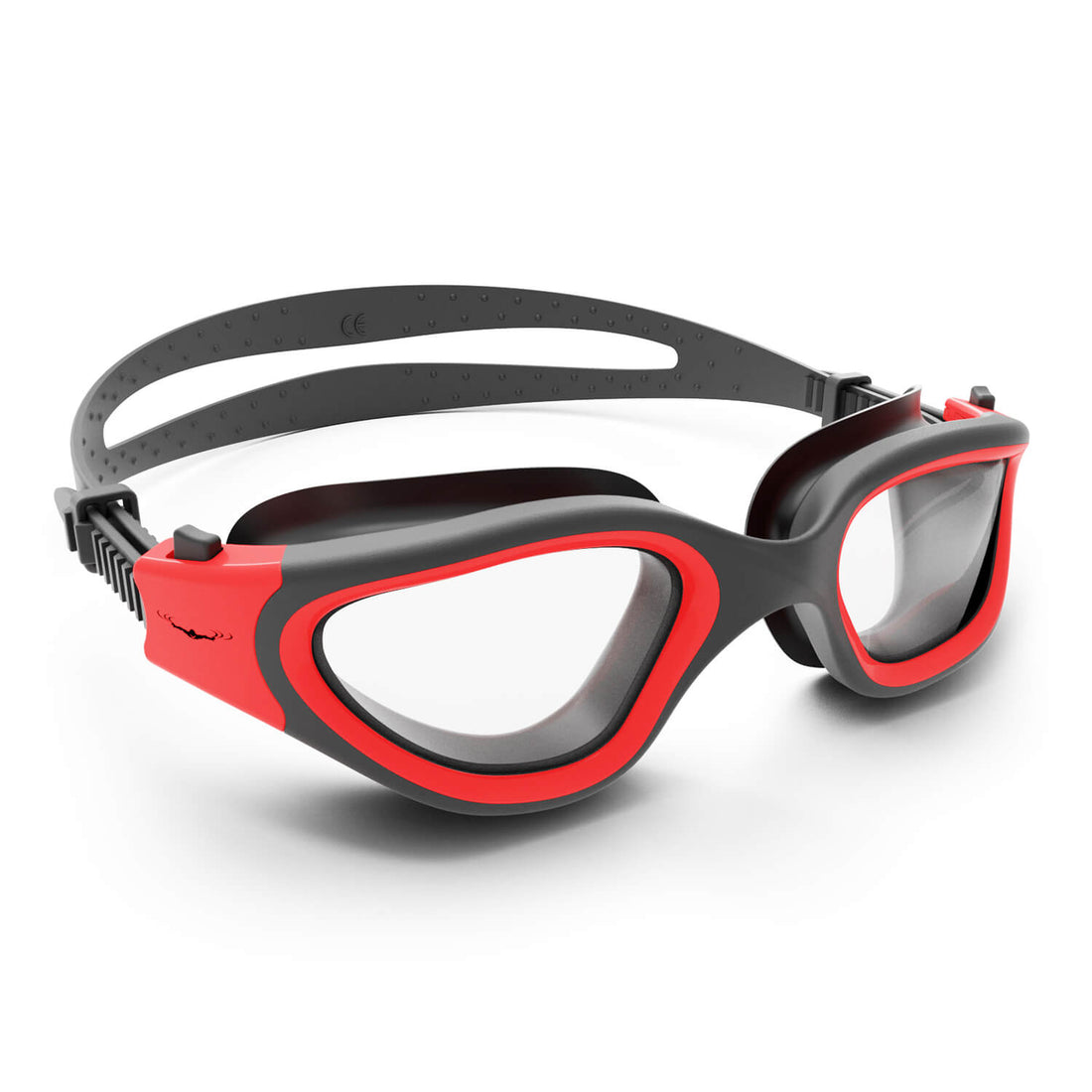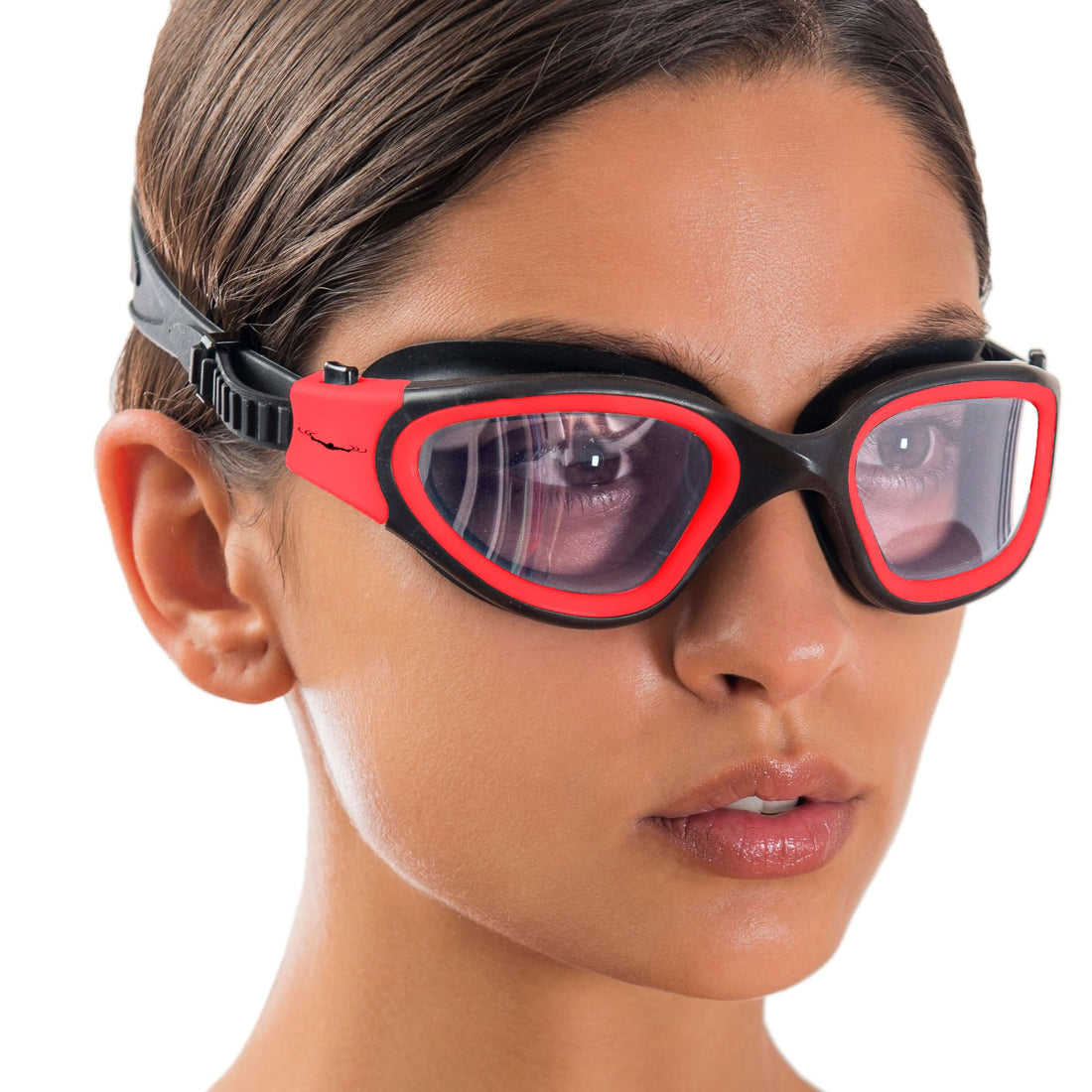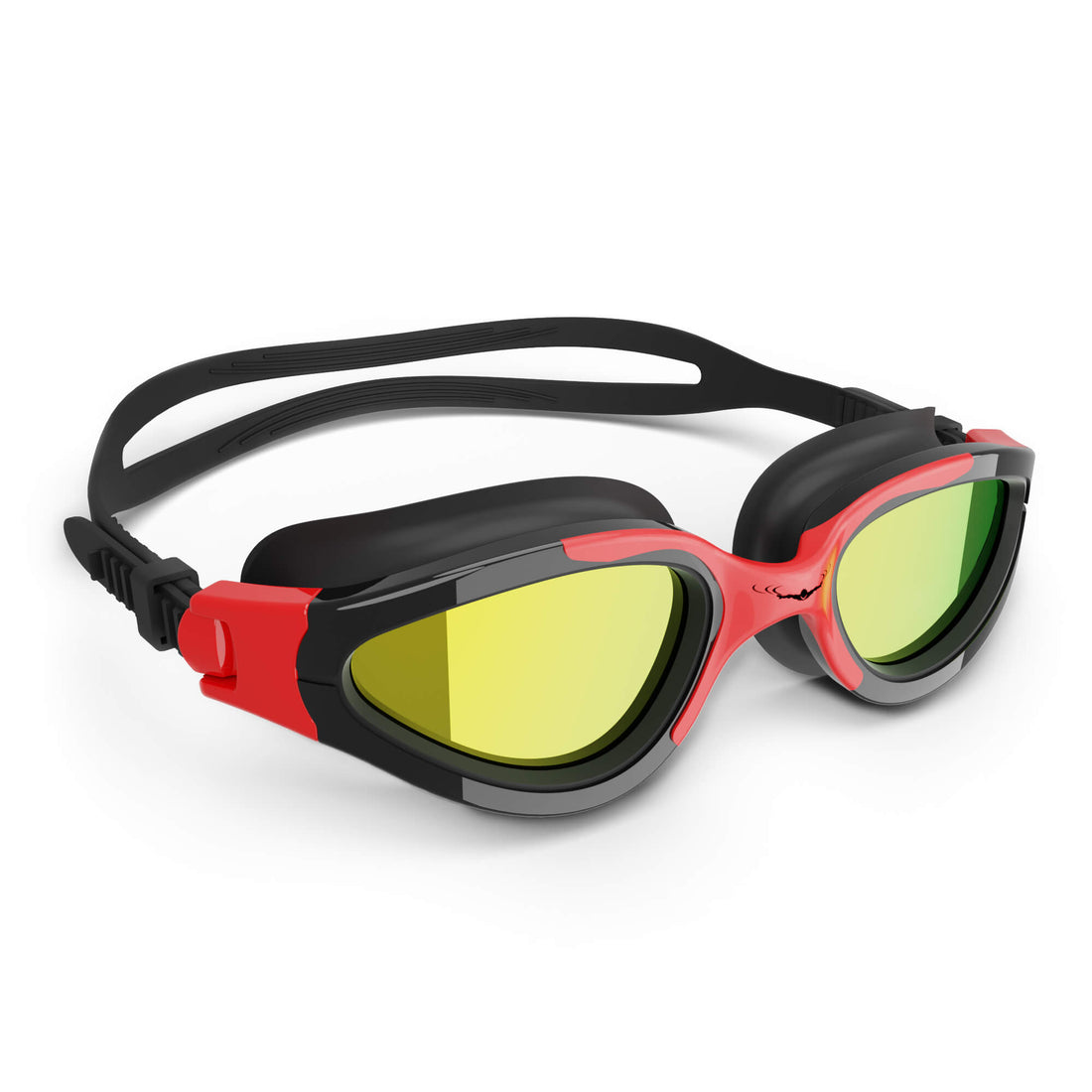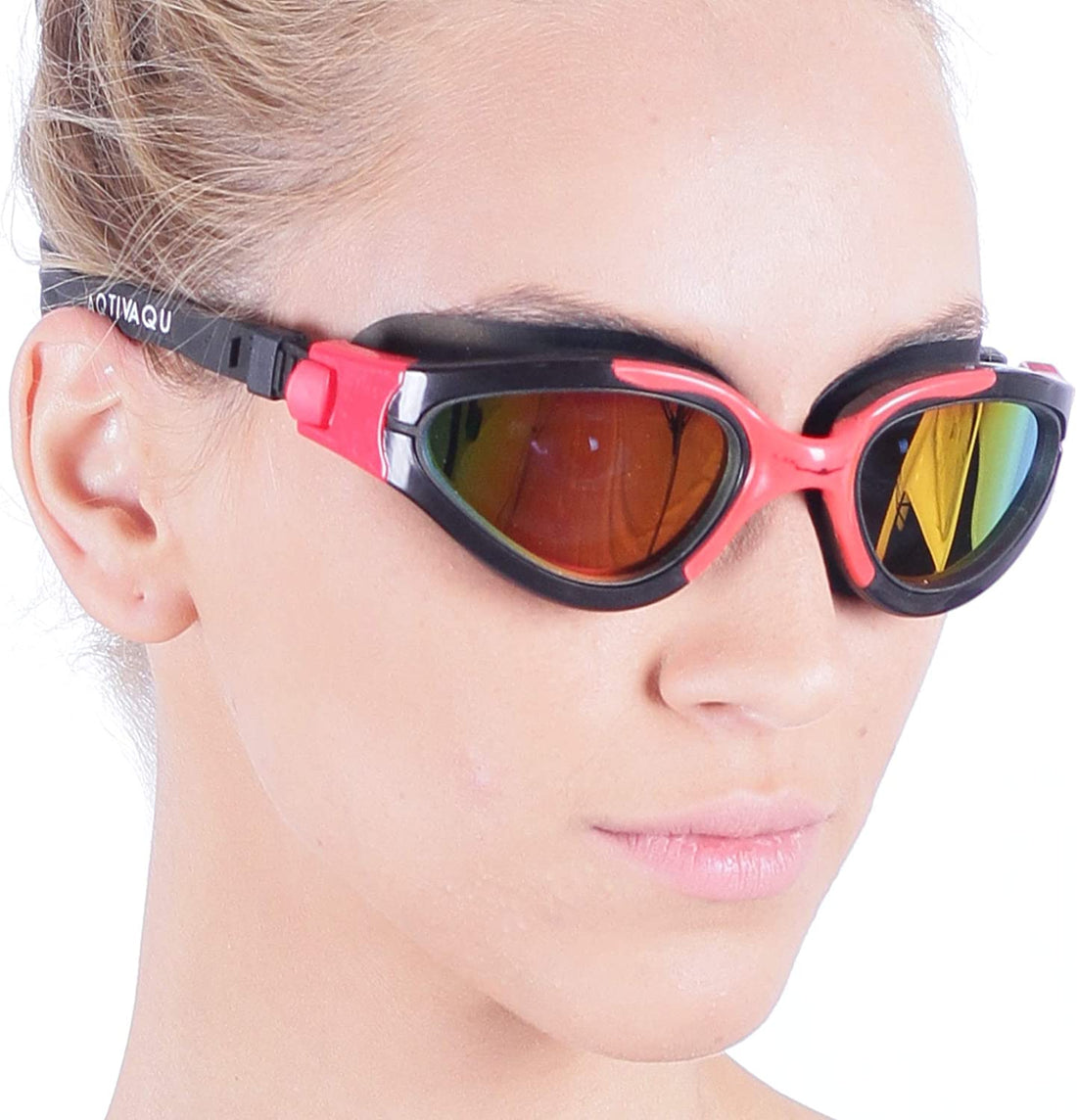Overview
This blog covers common swimming injuries, their causes, and prevention strategies. Key injuries include shoulder pain, knee issues, ear problems, ankle sprains, and muscle strains. To prevent injuries, swimmers should focus on proper technique, strength training, flexibility, and using the right gear. Recovery tips include rest, ice application, and gradual return to swimming. Staying informed and embracing safety practices can help maintain a lifelong love for swimming.
Frequently Asked Questions
1. What are common swimming injuries?
2. What causes swimmer's shoulder?
3. How can I prevent swimming injuries?
4. What should I do if I experience a swimming injury?
5. How can I stay informed about swimming injury prevention?
Swimming is an invigorating activity that offers both physical and mental health benefits. However, like any sport or exercise routine, it comes with its own set of risks. Understanding common swimming injuries and learning how to prevent them can keep you safe and enjoying the water to the fullest. This article will cover the most frequent swimming injuries, their causes, and practical prevention methods to help you stay in top form.
Understanding Common Swimming Injuries
Swimming injuries can occur at any level, from beginners to seasoned athletes. Below are some of the most prevalent injuries swimmers might face:
1. Shoulder Injuries
One of the most common injuries among swimmers is shoulder pain, often referred to as "swimmer's shoulder." This injury typically arises from repetitive motion in the water, particularly from strokes such as freestyle and butterfly.
2. Knee Injuries
Swimmers can also experience knee injuries, primarily patellar tendinitis, due to the underwater kick. The up-and-down motion can put a strain on the knee joint, especially for competitive swimmers.
3. Ear Problems
Ear infections and swimmer's ear are frequent complaints among those who spend long hours in the water. Water can get trapped in the ear canal, leading to irritation and infections.
4. Ankle Sprains
Though less common, ankle sprains can occur when swimmers push off the wall during turns. Improper technique or fatigue can increase the risk of rolling an ankle.
5. Muscle Strains
Muscle strains can happen in various parts of the body, particularly in the shoulders, back, and legs. They usually occur due to fatigue, improper stretching, or overexertion.
Signs and Symptoms of Swimming Injuries
Recognizing the signs of swimming-related injuries is crucial for effective treatment. Common symptoms include:
- Pain or discomfort in the affected area
- Swelling or inflammation
- Reduced range of motion
- Stiffness
- Difficulty performing swimming strokes
Understanding these signs can help swimmers take action before a mild injury escalates into a significant problem.
Prevention: Your Best Swimming Strategy
Preventing swimming injuries is key to a long and healthy relationship with the water. Here are some essential strategies:
Proper Technique and Form
One of the most effective ways to prevent injuries is by focusing on proper technique. Consider working with a coach to ensure your strokes and turns are efficient and safe. A great technique will minimize strain on your muscles and joints.
Strength and Conditioning
Adding strength training to your routine can considerably decrease the risk of injuries. Focus on exercises that build up your core, shoulders, and legs. Some beneficial activities include:
- Weight lifting
- Resistance training
- Bodyweight exercises (like push-ups, lunges, and planks)
Flexibility and Stretching
Incorporating stretching before and after swimming can prevent muscle strains and enhance flexibility. Simple stretches targeting your shoulders, legs, and back can significantly reduce your chances of injuries.
Take Breaks and Listen to Your Body
Rest is just as important as training. Make sure to include breaks in your swimming sessions to avoid overuse injuries. If you start feeling pain, don’t ignore it; consider taking a few days off or seeking medical advice if necessary.
Using the Right Gear
Investing in quality gear is vital for injury prevention. Swim goggles can protect your eyes from chlorine and help you maintain clear vision in the pool. Additionally, using an ear protection headband can prevent water from entering your ears, thus minimizing the risk of ear infections and associated problems.
Recovery: Healing After an Injury
If you experience a swimming injury, proper recovery is essential. Here are some steps to follow:
Rest and Ice
Once an injury occurs, resting the affected area is crucial. Applying ice for 15-20 minutes can help reduce swelling and discomfort.
Gradual Return to Swimming
Once you start to heal, gradually return to swimming. Begin with low-impact workouts before diving back into rigorous training. Seeing a physical therapist can provide personalized advice tailored to your recovery needs.
Maintain a Supportive Environment
Surround yourself with a good support system, including friends, family, or coaches who can encourage your progress and provide accountability. Practice mental strategies such as visualization techniques to instill confidence as you recover.
Stay Informed: Knowledge is Power
Staying updated on swimming techniques and injury prevention methods can go a long way. Participate in workshops, read articles, or join local swim clubs to learn from experienced swimmers.
Embrace Safety for a Lifelong Love of Swimming
By taking the time to understand common swimming injuries and their prevention methods, you can enjoy the water worry-free. Regularly practicing good techniques, listening to your body, and investing in quality gear will ensure that your time in the pool remains a source of joy and health.
Whether you’re practicing alone or swimming with friends, remember that swimming is not just a sport; it's a way of life. Take control of your swimming journey and keep those injuries at bay. Dive in, stay safe, and enjoy every splash!
Linked Product
Neoprene Swimming Headband - Swim Ear Band Protection Cover - Hair Guard - Keep Ear Plugs IN
The Neoprene Swimming Headband is designed to hold ear plugs securely in place, making it a practical accessory for swimmers looking to prevent ear injuries. Its snug fit not only keeps ear plugs in during water activities but also provides a comfortable barrier for hair, reducing the risk of irritation. This headband is a useful addition to your swimming gear, particularly for those prone to swimmer's ear or other ear-related issues.
View ProductStep into the Shopify or Wix store of another user. Begin your visit by clicking this store link. Kindly note that this is a promotional link, and we do not take responsibility for the content of the linked store.


